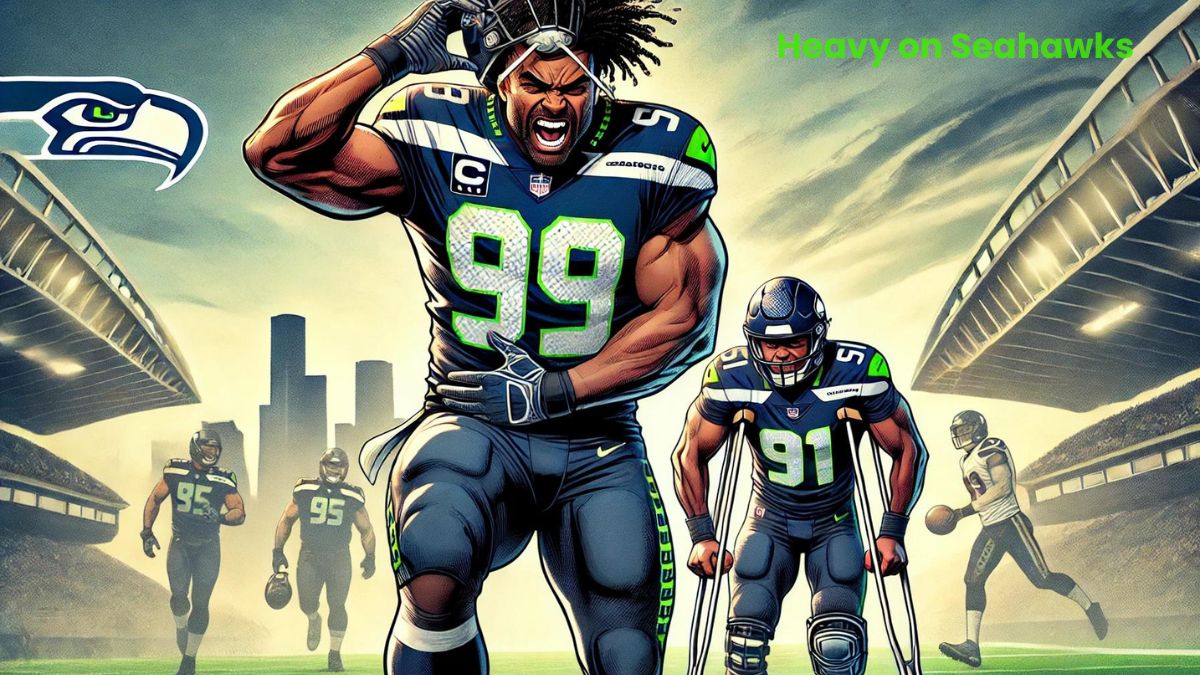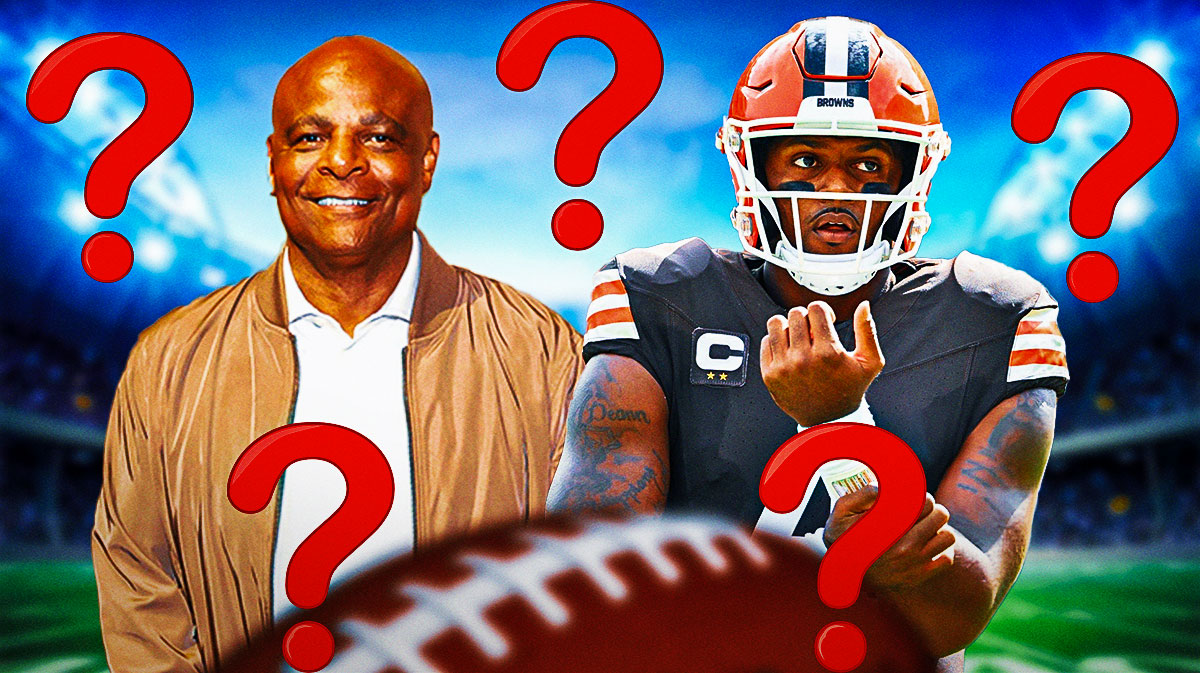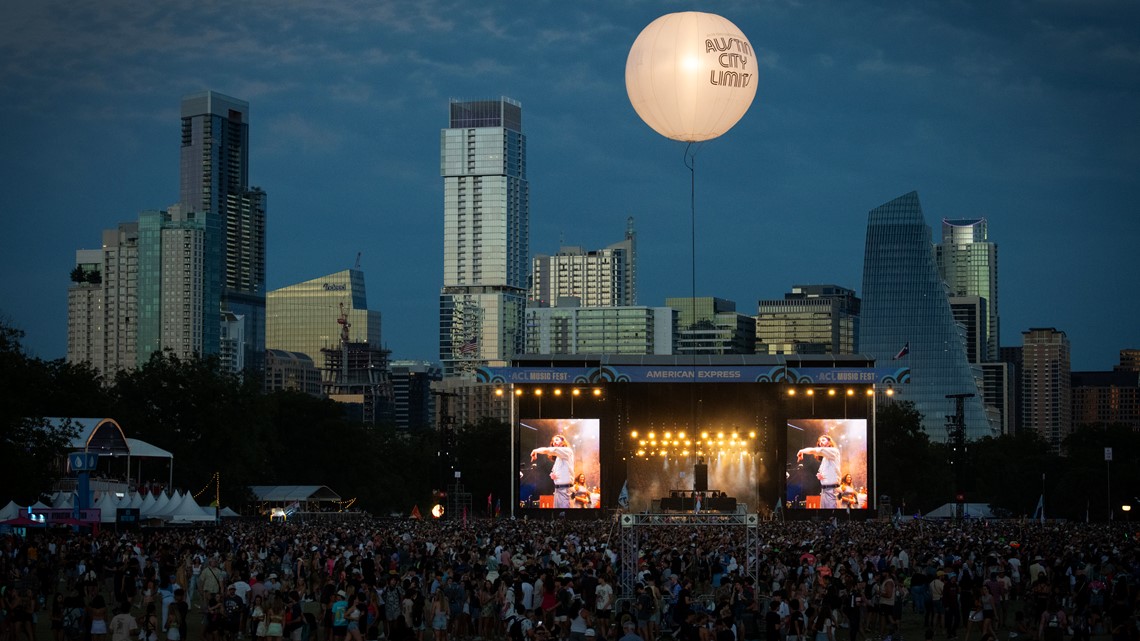Time
Law Roach’s Next Act? Self-Help Mogul
M.Nguyen36 min ago
When celebrity stylist Law Roach posted on Instagram that he was retiring in March 2023, a gasp was heard around the fashion world. The self-described "image architect" behind Zendaya's many newsmaking fashion moments and the triumphant return of Céline Dion as a couture-loving icon was at the top of his game. He'd worked with Anya Taylor-Joy , Ariana Grande, and Megan Thee Stallion. He'd topped the Hollywood Reporter's Most Powerful Stylist list in 2021. Television had come calling too, with judging duties for America's Next Top Model as well as Max's Legendary, a reality show about ball culture. And perhaps the biggest accolade of them all, in 2022 Roach had earned a Council of Fashion Designers of America award, the first ever for a stylist. When he made the announcement that he was done, he had just come off a successful awards season, styling a slew of A-list clients for major carpet moments, including Euphoria's Hunter Schafer in a barely-there Ann Demeulemeester look and Kerry Washington in vintage Donna Karan for the Vanity Fair Oscars afterparty. Why walk away from it all? There was nothing easy, or inevitable, about Roach's rise to the top as a celebrity stylist. Growing up in South Side Chicago, Roach was the oldest of five siblings. He talks openly about his personal struggle for financial stability. His love for fashion began early, with a penchant for thrifting during his teen years. Roach channeled that passion into creating his own vintage boutique, Deliciously Vintage, in Chicago and New York City. The store became a celebrity favorite and spurred Roach to strike out for Los Angeles, where he first met Zendaya. Their initial years working together were challenging—designer brands were hesitant to work with then-unknown talent. But by 2015, Zendaya debuted at the Met Gala in a Fausto Puglisi look styled by Roach, cementing them both among fashion's elite . So it came as a shock when Roach cited exhaustion and disillusionment with the fashion industry as the reason he was stepping away. But "retirement," it turned out, was a bit of a misnomer. Roach's first step after declaring he was quitting was onto a runway, modeling in a Hugo Boss show in Miami a mere 24 hours after his announcement. Next came a red-carpet hosting gig at the British Fashion Awards. And he quickly clarified that he was still working as a stylist for Zendaya, building on their work together with a successful series of method-dressing-heavy press tours that leaned sci-fi for Dune 2 and tennis-core for Challengers. Now, he's ready to share his knowledge with a wider audience. On Oct. 1, he'll publish his first book, How to Build a Fashion Icon , which is equal parts celebrity anecdotes and style advice for the average woman. Roach thinks of the book as his way to connect with his millions of fans—and a step toward his new ambition: becoming a self-help mogul. "I wanted to do something where people who may never need me to dress them for a red carpet can have a piece of me, at a price point that's affordable," he says. "My career is in a very niche market, but this I can give to the people who love me who I may never get to meet." Roach spoke to TIME about behind-the-scenes styling moments with his clients, his legacy as a Black leader in fashion, and a new project coming later this year. TIME: You write about the value of your confidence repeatedly in the book, from the first chapter to the very end. How did you have that faith when you were just starting out in a competitive field and you were hearing more nos than yeses? Roach: The best way to think about it is that nos are to protect you from things that weren't supposed to be for you in the first place. When you see the positive, then they don't seem so bad—you almost become grateful for them. If it's something that I thought was really for me, there's a yes somewhere, you just have to find the ways to get there. Zendaya and I started our fashion careers together. No one really knew her, and no one knew me, so no one wanted to loan us clothes. It forced me to be more creative and become a better stylist. I made the world smaller to get the things that I needed for her. You described your vision for Zendaya, when you first started to work together and wanted to help her become a star in the fashion world: "If fashion is a tool of communication, Z was going to be a polyglot: she could speak any language fluently. And each one was her native tongue." This was a different approach from other rising celebrities at the time who were developing signature looks. Do you feel like those words still apply to Zendaya? When I speak of Z, because she is my longest collaborator, she is my muse. She is my partner, she is my sister, she is my friend. One of the things we decided when we were figuring out what her style would be was that she wouldn't have a particular style. Early on, you would see that—she'd come on the carpet with short hair and then long hair. There was no particular thing that she could be identified as. That's changed over the years. The last couple press tours, you saw something that was more cultivated. That said, she has things that are identifiable Zendaya, like the Christian Louboutin So Kate heels. But in the beginning, the decision was that we wouldn't give her a specific look.Read More: From Glambots to Tennis-Core, See Zendaya's Best Red-Carpet Looks This Year Did you take a different approach with other clients, cultivating a very specific look or message? That's me calling myself an architect, right? Part of that is doing the research and really finding out who they are or who they want to be. If you think about my work with Ariana Grande , she was in a phase that we all know her for: the over-the-knee boots, a-line skirt, and high ponytail. That was a style that was specific and iconic for her at that period of her womanhood. There's an anecdote in the book when you take readers behind the scenes to the fitting with Céline Dion that resulted in her famously wearing a Vetements Titanic hoodie in 2016. You write that instead of presenting the hoodie to her, you laid it out on the table and let her discover it herself. You also write about studying psychology and using those skills to work with your clients. Do you find that styling feels almost like therapy? It's therapy for both parties, stylist and client. One of the greatest compliments that I've ever gotten from Céline is that working with me and being around the clothes helped her grieve the death of her late husband. When she said that, the emotion that came along with her words is something I'll never forget. It shows the power of clothes—that they can be armor—and sometimes we forget that. Has there ever been an instance when a client loves an outfit, but visually it doesn't work? And if so, do you speak up? No, no, no. If you come to me and say, "I feel the most beautiful I've ever, I've ever felt," who am I to tell you otherwise? That was never my job. If we chose something together and you feel the most beautiful, then that's what it is. And—because of that confidence—everybody else will think that is the best dress. It's all from the inside. It's a collaboration, right? All I can do is plead my case, put it on at the fitting, and talk about the hair, makeup, and accessories. I'm not the one who has to walk onto that carpet, be photographed, and have millions of people critique me. So my job is to make sure that everything else that supports whatever she chooses is perfect.Speaking of highly photographed red carpet looks, the Thierry Mugler archival robot suit Zendaya wore for the Dune: Part Two premiere in London went viral. Can you discuss the process behind the look? Was it comfortable? If you follow fashion, you know that that is one of the most iconic collections from Thierry Mugler, and it had been a dream since Dune. We were in contact with [Mugler creative director] Casey Cadwallader, and we had meetings about measurements as well as fittings. There was no tailoring possible. We were blessed by the fashion gods that it came together like a jigsaw puzzle. If, say, the distance from her elbow to wrist was a little bit off, it would have made the rest of the pieces not fit. It was destiny for her to wear that. But no, it wasn't comfortable. Zendaya has the ability to take on whatever the narrative, and she always has. That suit wasn't any less comfortable than the Joan of Arc Versace look at the Met Gala a few years ago. But you would've thought that she had on a dress of feathers, the way she moved. She was so graceful and poised.Your work with Zendaya for her press tours has always referenced her roles, from a custom Valentino Haute Couture gown that referenced spider webs for Spiderman: No Way Home to the Mugler suit for Dune 2 to sparkly Loewe tennis-themed dresses for Challengers. Margot Robbie famously dressed in outfits that referenced archival Barbie looks while promoting her movie. Do you think others in the industry have taken a note from your playbook? I think it's a new tool for people to promote a movie. You'll see a lot of people taking on method dressing—we've always done it for all of [Zendaya's] projects. The fashion on the press tour is going to be just as important as, if not more important than, the press tour itself. When you were starting out, you mentioned wanting a career that was on par with Rachel Zoe's—Zoe being the person who brought the role of the celebrity stylist to the mainstream. Do you think you succeeded? And if so, how do you think history will remember your work? I definitely succeeded. I've gotten to a place, if we talk about celebrity size, that had an impact in fashion and pop culture. My name will and should be mentioned right alongside Rachel Zoe. But hopefully I will be remembered for more than just putting a pretty girl in a pretty dress. I don't look like Rachel Zoe—I'm not her. The way I've moved the narrative when it comes to what a celebrity stylist looks like, it's a more important piece of my legacy that will be remembered and talked about. Knowing that you belong in that room, that you deserve a seat at that table, it's because we are just as talented as our white counterparts. My career is an example of how I really believe that I deserve to have my place in fashion, and so I made it happen. Now, I not only open doors but help keep the doors open for people who look like me.What does life look like, now that you've moved away from full-time styling with clients and have narrowed your focus there to work solely with Zendaya? In addition to the book, do you have any big plans or projects you can share? I'm working on a digital platform that will launch in November that will help to pull back the velvet curtain and give people access to the styling industry. I've had such an amazing career as a stylist, and now it's: What can I do for the next generation? I'm also outlining another book, on how to practice the law of attraction and how to manifest. I'm interested in building an entire lifestyle brand around these principles. How do we turn that into decor? What other things? I absolutely want to be a mogul.That sounds like self-help. Is that what you want to do? I do. I was able to help so many people through fashion. How can I break that down and get it to the bare bones of where it all comes from to help people change their lives? How to Build a Fashion Icon isn't a fashion book. The fashion icon is you, and you can make yourself into your own icon—no matter what industry you are in.
Read the full article:https://time.com/7023090/law-roach-book-interview/
0 Comments
0










